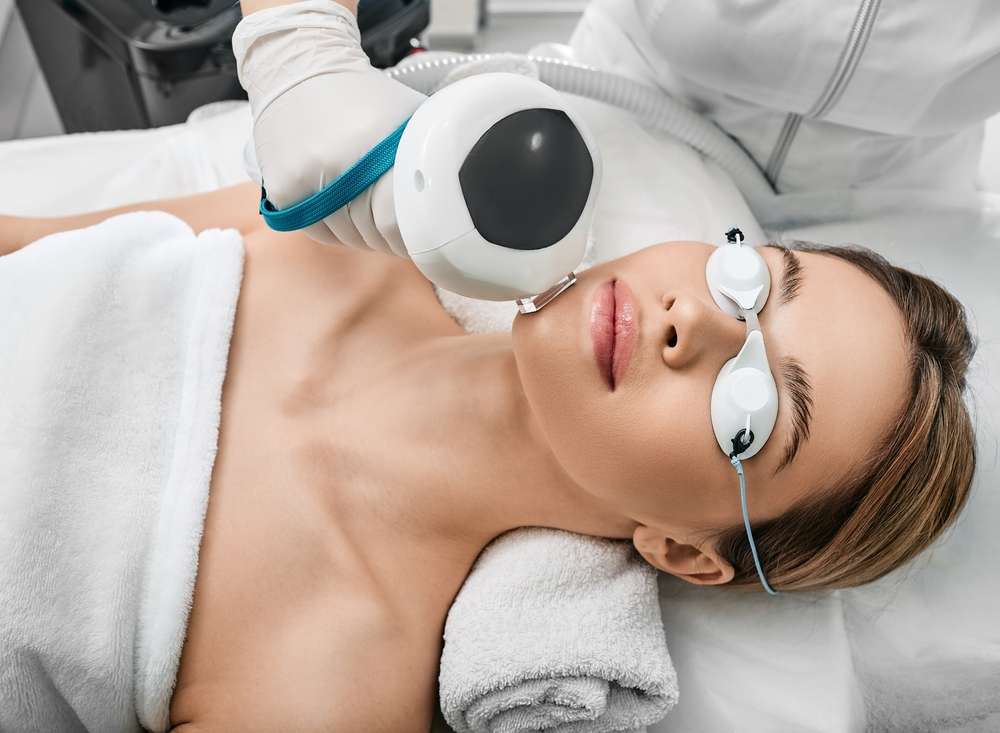Microneedling: Tiny Pricks, Big Results
Microneedling, a minimally invasive cosmetic procedure, has taken the skincare world by storm in recent years. This technique, which involves creating controlled micro-injuries to the skin using fine needles, has been hailed as a breakthrough in addressing various skin concerns. From reducing fine lines and wrinkles to improving acne scars and hyperpigmentation, microneedling has garnered attention for its versatility and effectiveness. As more people seek non-surgical solutions for skin rejuvenation, this procedure has become increasingly popular among both dermatologists and aestheticians. Despite its growing popularity, many still have questions about how microneedling works, its benefits, and potential risks.

The depth of needle penetration can be adjusted depending on the specific skin concern being treated and the area of the face or body being addressed. Typically, the needles range from 0.5 to 2.5 millimeters in length. This customization allows practitioners to tailor the treatment to each patient’s unique needs, whether they’re targeting superficial texture issues or deeper scars.
Evolution of Microneedling Techniques
While the concept of microneedling has been around for decades, the techniques and technology have evolved significantly. Early forms of microneedling date back to 1995 when Dr. Desmond Fernandes, a South African plastic surgeon, developed a small needle stamp to treat wrinkles and scars. This initial device paved the way for more sophisticated tools and techniques.
Today, practitioners use various devices, from manual derma rollers to advanced automated pens. The introduction of radiofrequency microneedling has further expanded the procedure’s capabilities. This technique combines traditional microneedling with radiofrequency energy, providing deeper tissue remodeling and more dramatic results.
Benefits Beyond Wrinkle Reduction
While microneedling is often associated with anti-aging treatments, its benefits extend far beyond wrinkle reduction. One of the most significant advantages of microneedling is its ability to improve the appearance of acne scars. The procedure can break down scar tissue and stimulate new collagen growth, leading to smoother, more even skin texture.
Hyperpigmentation, another common skin concern, can also be addressed with microneedling. By creating controlled injury to the skin, the procedure can help break up pigment clusters and stimulate the production of new, evenly pigmented skin cells. This makes it an effective treatment for conditions like melasma and sun spots.
Additionally, microneedling has shown promise in improving the appearance of stretch marks. While complete elimination of stretch marks is challenging, microneedling can help soften their appearance and improve skin texture in affected areas.
Combining Microneedling with Other Treatments
One of the reasons for microneedling’s growing popularity is its compatibility with other skincare treatments. Many practitioners combine microneedling with topical serums or platelet-rich plasma (PRP) to enhance results. The micro-channels created during the procedure allow for better absorption of these products, potentially amplifying their benefits.
PRP, in particular, has gained attention as a complementary treatment to microneedling. This technique involves drawing a small amount of the patient’s blood, processing it to concentrate the platelets, and then applying the resulting plasma to the skin during or after microneedling. The growth factors in PRP are believed to further stimulate collagen production and accelerate healing.
Addressing Concerns and Myths
Despite its growing popularity, microneedling is not without its skeptics and misconceptions. One common concern is the potential for pain during the procedure. While microneedling can cause some discomfort, most patients find it tolerable, especially with the application of numbing cream before treatment.
Another myth surrounding microneedling is that it can spread bacteria and cause infections. When performed by a trained professional using sterile equipment, the risk of infection is minimal. However, it’s crucial for patients to follow post-treatment care instructions to protect their skin as it heals.
Some people worry that microneedling will leave visible holes in their skin. In reality, the micro-injuries created during the procedure are so small that they typically close within hours and are not visible to the naked eye.
The Importance of Professional Treatment
While at-home microneedling devices have become increasingly available, there are significant benefits to seeking professional treatment. Professional-grade devices can reach deeper layers of the skin, providing more dramatic results. Additionally, trained practitioners can customize the treatment to address specific skin concerns and adjust the technique based on individual skin types and sensitivities.
Professional treatments also ensure proper sterilization techniques are used, reducing the risk of infection or other complications. Moreover, practitioners can provide guidance on pre- and post-treatment care to maximize results and minimize potential side effects.
Looking to the Future of Microneedling
As research continues and technology advances, the future of microneedling looks promising. Ongoing studies are exploring its potential in treating hair loss, delivering medications transdermally, and even improving the appearance of surgical scars.
One area of particular interest is the development of dissolvable microneedles. These needles, made from materials that safely dissolve in the skin, could potentially deliver active ingredients more effectively while minimizing discomfort and recovery time.
The integration of artificial intelligence in microneedling devices is another exciting prospect. AI could potentially analyze skin conditions in real-time and adjust treatment parameters accordingly, offering truly personalized treatments.
In conclusion, microneedling has emerged as a versatile and effective treatment for various skin concerns. Its ability to stimulate natural collagen production, improve skin texture, and enhance the efficacy of topical treatments has made it a favorite among skincare professionals and patients alike. As techniques continue to evolve and research uncovers new applications, microneedling is likely to remain at the forefront of non-invasive skin rejuvenation treatments for years to come.




